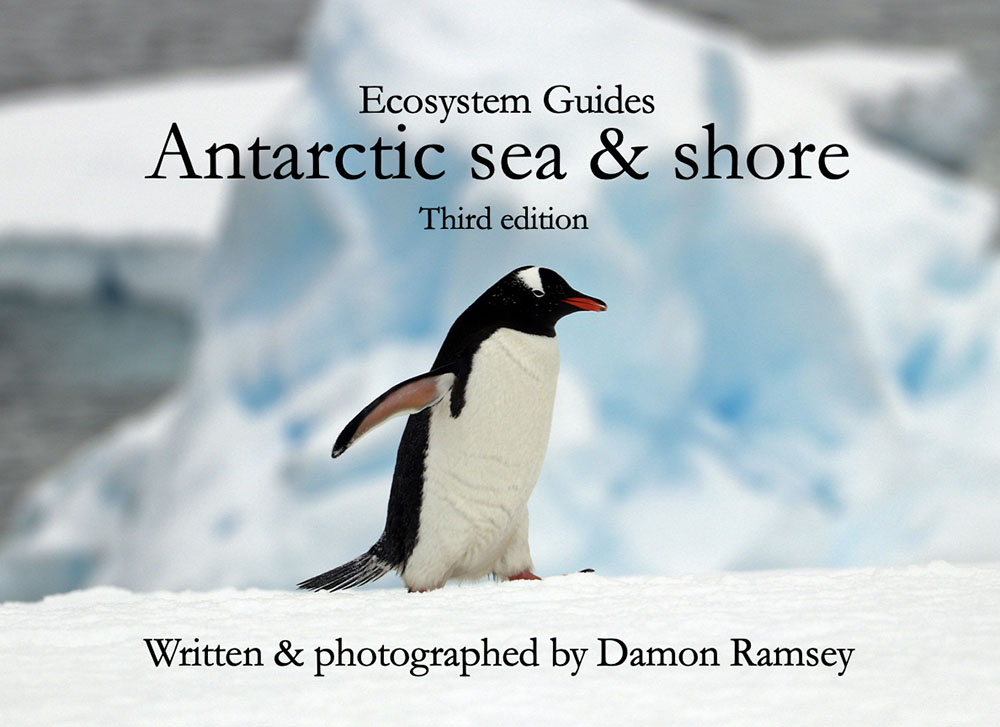ecosystem-guides.com
....exploring the planet's ecosystems
Sepik River
Papua New Guinea
personal experience
I was lucky to go up the Sepik River every season for decade on board the Oceanic Discoverer. It is one of the highlights of their New Guinea trip. I occasionally return on bigger expedition ships, but they rarely go much past the mouth due to the difficulty of navigating the river.
background
The current Sepik River is geologically a relatively new feature, perhaps about 6000 years old. After the end of the last ice age, the sea levels had more or less stablized, and the river was created in its present course. Sediment washed down from the mountains created floodplains. These extended further, reaching their current position of some 100 kilometres from the base of the mountains about 1000 years ago.
The river is some 1,100 kilometres long. Its catchment and tributaries cover 80,000 square kilometres. The river only drops about 50 metres in its last 1000 kilometres. Like many other large rivers through coastal plains, there are many wide swaying bends, and cut-off bends result in oxbow lakes every season.
The dry season is between May and September, and the wet season between October and April. The brown freshwater flow can be seen many kilometres off the coast out to sea. The river may rise 7 metres in height, which make predictable agriculture very difficult, with crops getting washed away. So the local people rely on a plant that can handle floodplain life; the Sago Palm. However, as a food source, this is one of the poorest in the world.
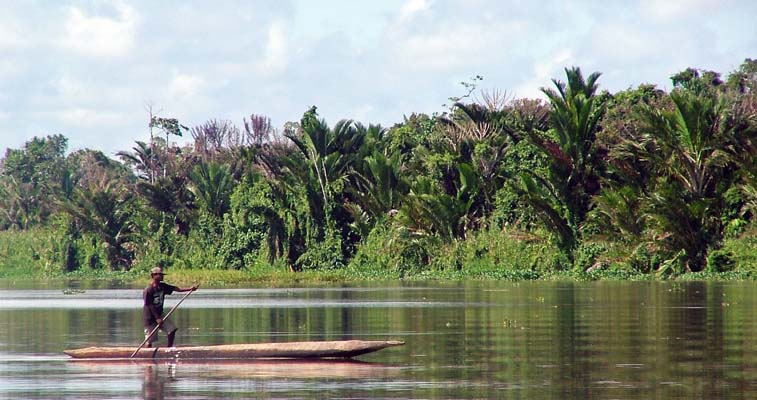 the Sepik River, Papua New Guinea (Damon Ramsey)
the Sepik River, Papua New Guinea (Damon Ramsey)nature experience and wildlife viewing
In some ways, this is probably one of the easier birding spots in the lowlands of the New Guinea region, with the more open areas allowing views, even when on a large ship and moving along the river. With Coral Princes Cruises, we have managed to now conduct a bird-spotting cruise for a couple of hours after dawn. This ends up being one of the highlights of the trip.
Birds we have seen on the cruises include: Wandering Whistling Duck, Pied Cormorant, Great Egret, Pied Heron, Brahminy Kite, White-belied Sea Eagle, Whistling Kite, Pinon Imperial pigeon, Red-cheeked parrot, White Cockatoo, Eclectus Parrots,
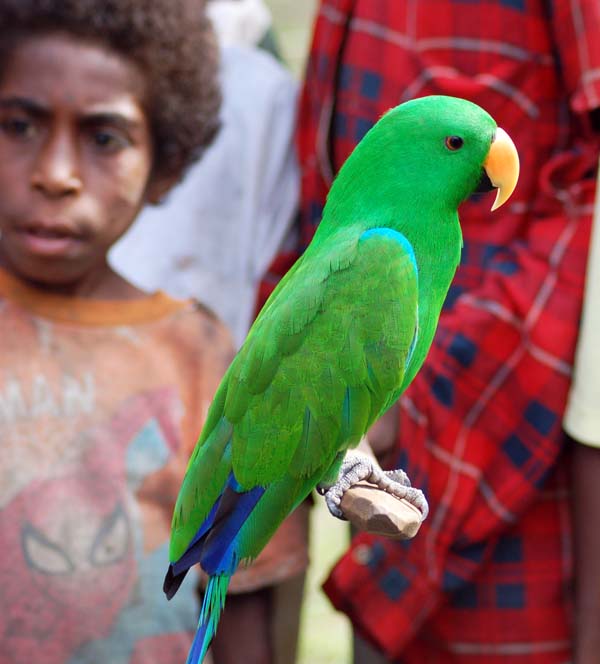 the bright green of the Eclectus Parrot (Damon Ramsey)
the bright green of the Eclectus Parrot (Damon Ramsey)Blyth's Hornbill, Rufous Kookaburra, Common Kingfisher, Lowland Peltops and others I can't think of right now.
However, much of the wildlife such as birds, and especially mammals, will again be spotted as captive specimens in villages. In such situations, I have seen freshwater turtles, crocodile, Cassowary, Crowned Pigeons, Imperial Pigeons, Eclectus Parrots, White Cockatoo, Lowland Peltops, and Spotted Cuscus.
At sunset flying fox stream out of the wetlands and fly overhead. We have had flying fox and blossom bats land on deck. And at night, a great range of insects, including massive Lyssa Moths (pictured), are attracted to the lights and white decks.
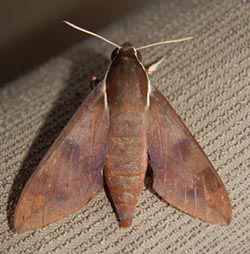 (Hawk Moth, PNG)
(Hawk Moth, PNG)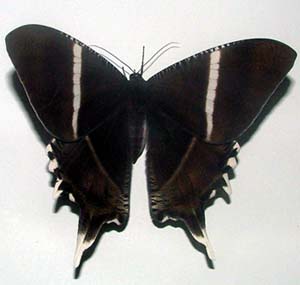 a huge Lyssa Moth (Damon Ramsey)
a huge Lyssa Moth (Damon Ramsey)There are lots of types of insects along the river. Many of these will land on or in the ship.
For just several days a season, there is a massive explosion of mayflies. This is the adult stage. They cover the freshwater surface of the river in their millions. The locals collect and eat these insects at this time. I have been lucky enough to be here twice during this time.
access
Touring Papua New Guinea is difficult. It is expensive, slow and potentially dangerous to do it as an independent traveller. There are several ships that visit the Sepik River. Several expedition companies such as Silver Seas, Noble Caledonia and Coral Princess Cruises visit the river as part of their itinerary; just be aware that most of them are probably just visiting the mouth, the least interesting area.
